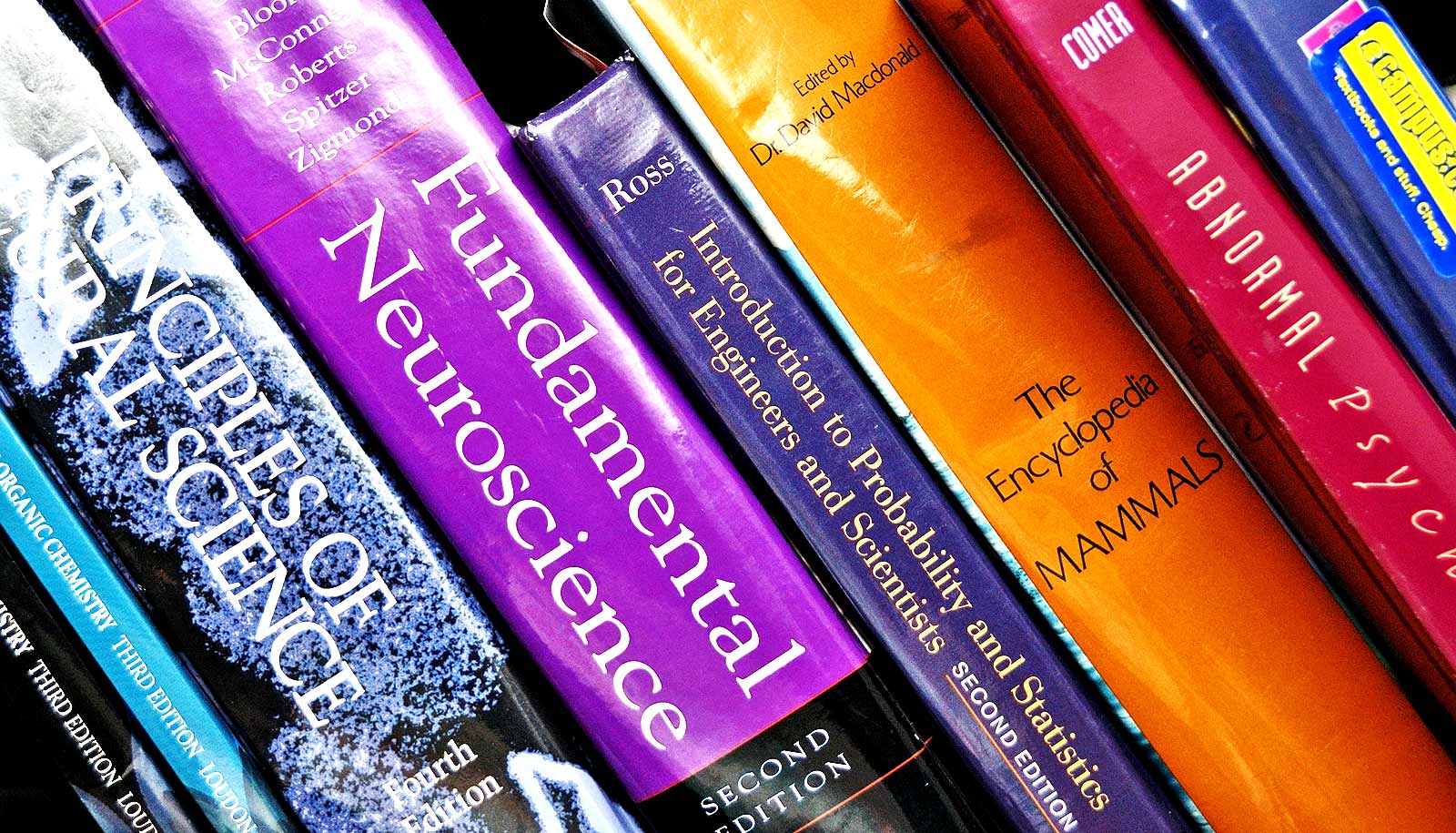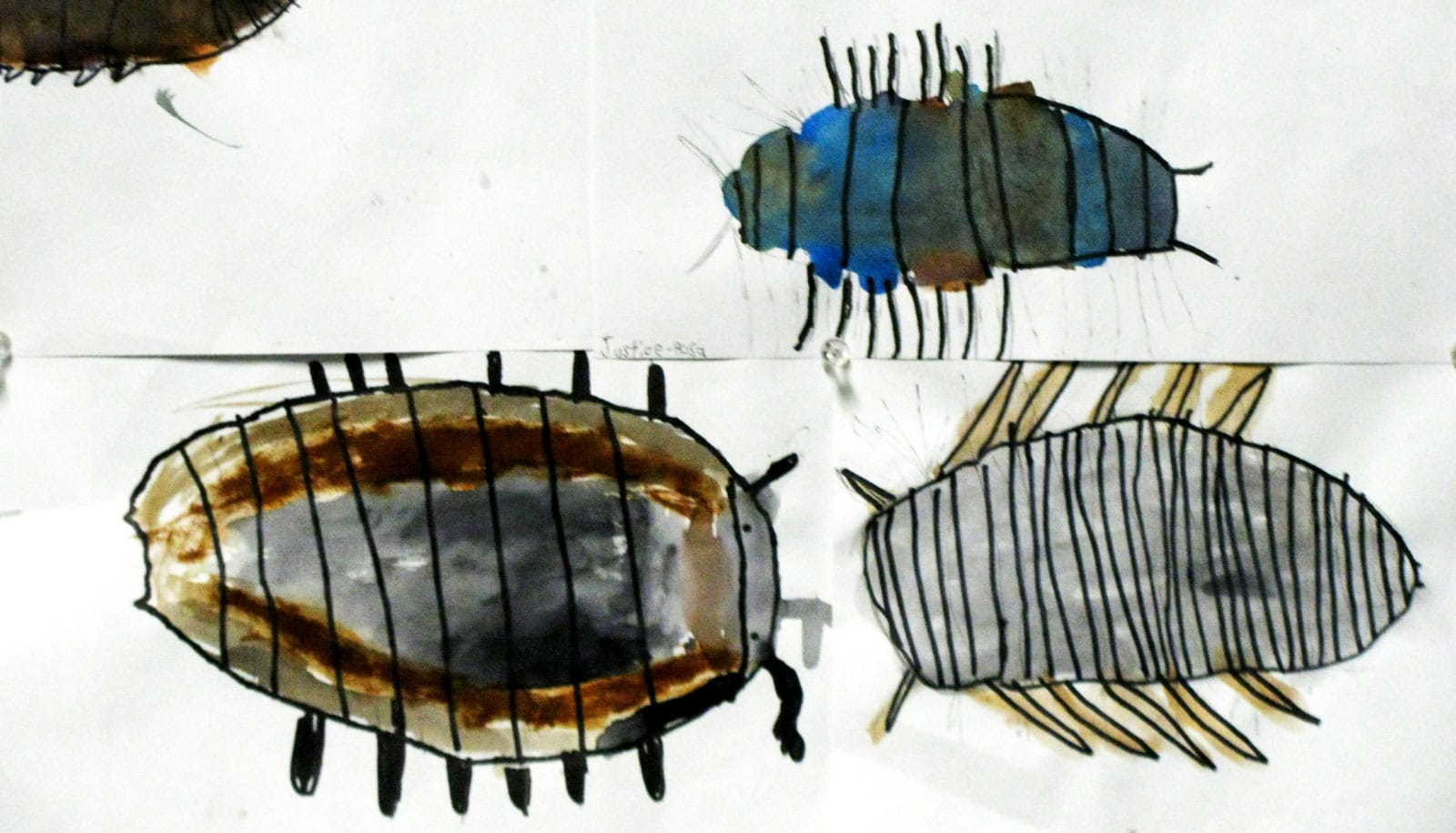Here are five things you ought to understand about science, according to professor of genetic medicine Gregg Semenza.
This week, Semenza—along with William Kaelin Jr. and Peter Ratcliffe—will accept the 2019 Nobel Prize in Physiology or Medicine in Stockholm, Sweden, for discovering the gene that controls how cells respond to low oxygen levels.
In the two months since the award was announced, Semenza, director of the vascular program at the Institute for Cell Engineering at Johns Hopkins University, has spoken with audiences around the world about the implications of this work in understanding and eventually treating blood disorders, blinding eye diseases, cancer, diabetes, and other conditions. But he’s also spoken about the value of basic science.
Here are five things Semenza says he wishes more people knew about science:
1) Many of the best discoveries are made by young scientists
The Nobel Prizes usually go to older scientists for discoveries they made when younger, and because of this, Semenza says people may think that good science is solely the domain of older people.
“We often make these findings early in our careers, but it is only much later that the significance of those discoveries becomes apparent,” he says.
2) Discoveries require perseverance and collaboration
A lot of science is about taking small steps forward. Big leaps are often the result of collaboration, Semenza says.
For example, when he and his lab identified the HIF-1 gene, which controls cells under low oxygen conditions, they initially ran into problems trying to clone the gene’s DNA—part of the process of learning more about a gene’s function and other characteristics. He got help from fellow Johns Hopkins scientist Thomas Kelly, who had expertise in a workaround approach: purifying the protein made by HIF-1, which is another way to learn more about the gene and its function in the cell.
3) The best research environments have mentorship and collegiality
“There are places with very smart people, and there are places where everybody is friendly,” Semenza says. “But there are few places with smart people who are almost always willing to help you.
“When we wrote the manuscript reporting the discovery of HIF-1, we submitted it to top-tier journals, and they did not find it to be of sufficient interest to warrant publication.”
But that didn’t stop him: Semenza got help from scientist Victor McKusick, and the Proceedings of the National Academy of Sciences published the paper. It has been cited in more than 6,000 scientific publications.
4) To advance science, invest in early science education
“In high school, I had a biology teacher who inspired me and others to pursue careers in scientific research by teaching us about the scientists and the scientific process that led to discoveries,” Semenza says.
“She would often preface her description of a scientific discovery by saying, ‘When you win your Nobel Prize, I don’t want you to forget that you learned that here.’ We need to give more emphasis to teachers and reward them for the work that they do, which makes such a difference in the lives of so many.”
5) Basic science research is good for the economy
“The inventions and discoveries that come out of basic research are critical for the economy, public health, and treating disease earlier,” Semenza says.
“It is better, both for patients and for the economy, to treat diseases early rather than later, and we need more research to learn how to more effectively treat many cancers.”
Source: Johns Hopkins University



